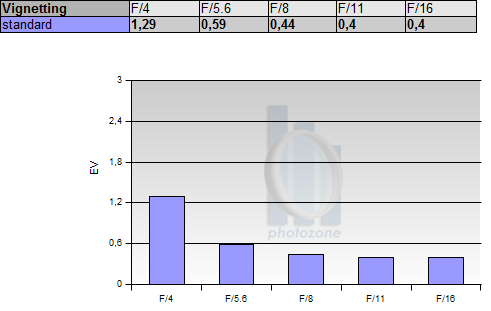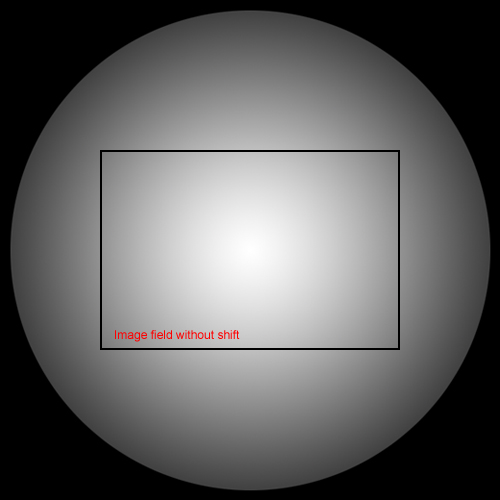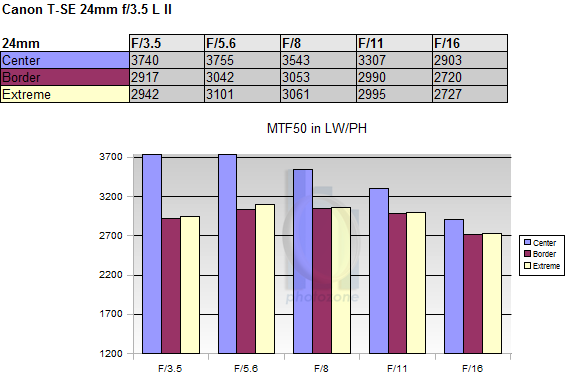VignettingThe Canon lens has an immense image circle so it's no surprise that its vignetting figures are about as good as it gets today. Technically the vignetting is naturally still fairly pronounced at f/4 (@ ~1.3EV) but this is very acceptable for an ultra-wide lens -
the Canon EF 16-35mm f/2.8 is worse @ f/4 for instance.
Thanks this is all super fascinating. The lack of distortion without any correction is super impressive. But the vignetting is really noticeable even when not shifted probably because with a lens like the EF 15-35 (which I have also) has a correction profile applied.
Im shooting artworks in a gallery against a white wall, and got the tilt shift so i could keep the camera at a height so the centre line of the paintings is at 'eye level' but then be able to shift down, to get more floor in shot, and less ceiling. Especially useful if there is also a sculpture on the floor and you dont want to tilt the camera. So as I'm shooting against a white wall, the vignetting is super noticeable.







